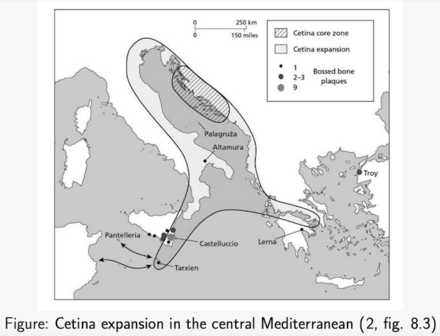What would be the context of Phrygians inside Mycenean archaeology, a palace no less.
Listen, friends, I understand these 2 Mycenean R1bs are pissing everyone off, both the "unofficial Greek dna project" (lol), which I assume it's merely the anthrogenica gang, since modern Greeks are not shown to have a lot of it (or even at all, in contrast Turks seem to pop up instead), and Albanians (who seem to have much more).
But it is what is, regardless of what the future holds, the current data that we have confirm that there is pf7562 in Mycenean remains, the first recorded Greek speakers, and in a prime archeological location no less.









































